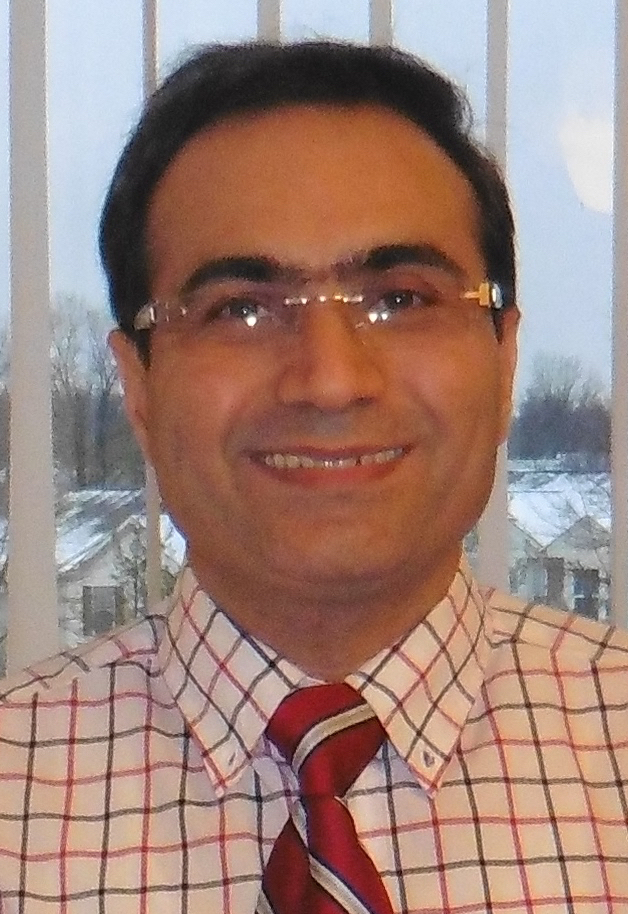 ESSIC/CISESS Associate Research Scientist Isaac Moradi is convening and chairing three sessions at the American Geophysical Union Fall meeting, occurring virtually this year due to COVID-19. The sessions are “Data Assimilation, Reanalysis, and Observing System Simulation Experiments I”, “Data Assimilation, Reanalysis, and Observing System Simulation Experiments II Posters”, and “Calibration and Validation of Satellite Earth Observation Systems I Posters”.
ESSIC/CISESS Associate Research Scientist Isaac Moradi is convening and chairing three sessions at the American Geophysical Union Fall meeting, occurring virtually this year due to COVID-19. The sessions are “Data Assimilation, Reanalysis, and Observing System Simulation Experiments I”, “Data Assimilation, Reanalysis, and Observing System Simulation Experiments II Posters”, and “Calibration and Validation of Satellite Earth Observation Systems I Posters”.
These sessions are aligned with Dr. Moradi’s research in microwave remote sensing and cover a wide range from satellite data calibration to the assimilation of satellite observations into numerical weather prediction (NWP) models. The session on satellite data calibration is convened with help from several colleagues from NASA Goddard and NASA Jet Propulsion Laboratory (JPL). The sessions on satellite data assimilation and observing system simulation experiments include both poster and oral talks and are convened in collaboration with the University of Hawaii.
The AGU sessions are recommended by the conveners and approval by the AGU Scientific Committee. Convening sessions at AGU is a very time-consuming process and requires personal commitment to ensure the sessions are properly advertised and the abstracts are fairly evaluated. Dr. Moradi has convened and chaired over 20 sessions at AGU fall meetings in the last 5+ years.
Moradi joined Earth System Science Interdisciplinary Center (ESSIC), University of Maryland in 2011. His research is focused on microwave remote sensing including, calibration and validation of satellite microwave observations, retrieving geophysical variables from satellite microwave measurements, microwave radiative transfer modelling, assimilation of all-sky microwave observations into NWP models, and Observing System Simulation Experiments (OSSE). He is affiliated with NASA Global Modelling and Assimilation Office (GMAO) and NOAA Center for Satellite Applications and Research (STAR).






